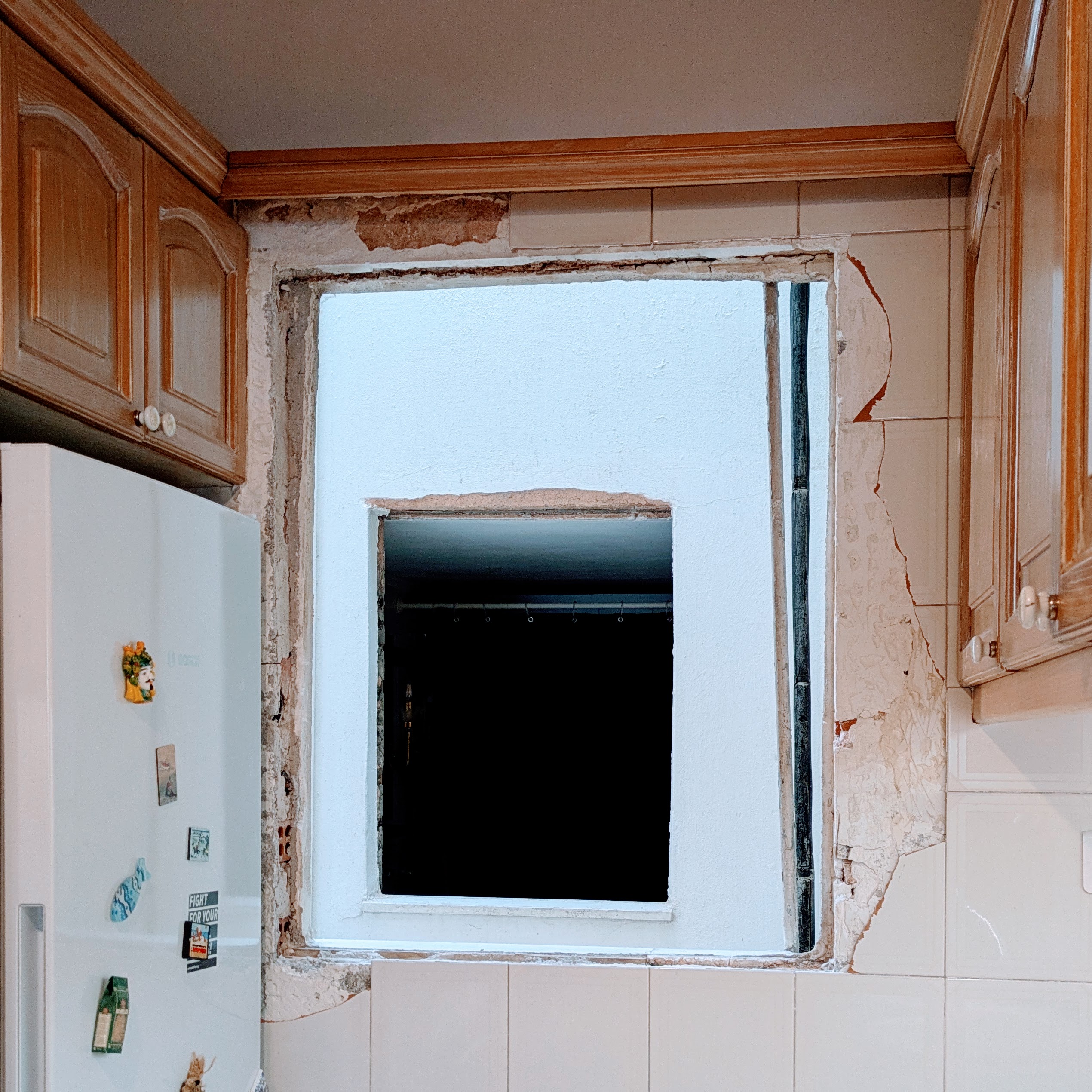Through the window

I used to view my apartment as a boundary, a place that defines the inside—a small, or not-so-small, internal space that separates me from the outside world. It was the place I loved to hate during the COVID period, yet also a space we reshaped in many ways to support a different way of living.
Even as we’ve returned to normality, I sense some persistent trends. Home feels more central now than it used to; it’s become the hub and the viewpoint from which I see the world. Its centrality stems from the fact that I tend to spend more time there. A lot of my entertainment has moved online, my son prefers to play indoors, and my current way of living is more compatible with a quiet, cozy place like home. It’s the stable point in turbulent times. Inside, I feel in control—of the temperature, the light, the way I spend my time. It’s these small details that give me the illusion of agency over my life choices, and a warning sign that I’m getting older and more lonely.
Interestingly, homes used to be a place where people showcased their interests through the decoration, the books on the shelves, or the vinyl records next to the turntable. They used to carry the history and the past choices of their occupants’ lives. Homes are no longer built to last. They are more of transit places. We don’t expect our children to live here, nor are we certain we will either.
That’s what I was thinking as I looked through a just-removed window during my home renovation—and I swear, for a moment, I saw my past life and some Gazan ruins there.